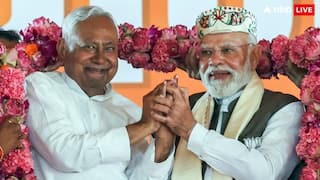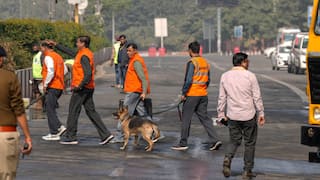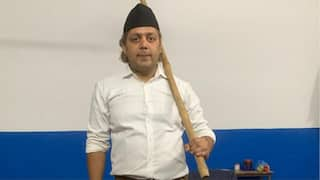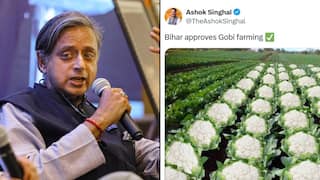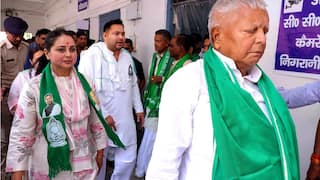Google Doodle Honours Indian Cell Biologist Dr Kamal Ranadive On Her 104th Birth Anniversary
Google’s renowned doodle on November 8, 2021 honoured Indian cell biologist Dr. Kamal Ranadive to celebrate her 104th birth anniversary.

New Delhi: Google’s renowned doodle on November 8, 2021, honoured Indian cell biologist Dr. Kamal Ranadive to celebrate her 104th birth anniversary. The doodle was created by India-based guest artist Ibrahim Rayintakath.
Dr. Ranadive is best known for her research in cancer elaborating the link between cancer and certain viruses. She worked dedicatedly to create an equitable society with education and science.
Dr. Kamal Ranadive was born in Pune in 1917 as Kamal Samarath. Her father’s encouragement to study medicine inspired her and opened ways for her in biology.
In 1949, Dr. Ranadive was awarded a doctorate in cytology, the study of cells, while working in the Indian Cancer Research Center (ICRC). After this, she completed a fellowship at John Hopkins University, Baltimore, USA, and later returned to India. In the 1960s, she established India’s first tissue culture research laboratory at ICRC in Mumbai.
Later, Dr. Ranadive served as the director of ICRC, and further worked on cancer research to establish the relation between breast cancer and heredity. She also studied Mycobacterium leprae, the bacterium that causes leprosy, and aided in developing a vaccine.
In 1973, Dr. Ranadive, along with her 11 colleagues founded the Indian Women Scientists’ Association (IWSA) to support women in science fields. IWSA now has 11 branches that offer scholarships and childcare options for women in science.
She was awarded the Padma Bhushan award for medicine in 1982. In 1964, she was also awarded the first Silver Jubilee Research Award of the Medical Council of India. The same year, she was also awarded the G. J. Watumull Foundation Prize. She was also the Emeritus Medical scientist of the Indian Council of Medical Research (ICMR).
Dr. Ranadive retired in 1989, and worked in rural Maharashtra training women as healthcare workers and providing health and nutrition education.



























